Sikorsky Product History
The Russian Years
(1909-1918)
Sikorsky H-1
Year Built: 1909
First Flight: Did Not Fly
Quantity Built: 1
Summary:
Igor Sikorsky’s first helicopter was powered by the 25 hp Anzani engine he bought in Paris, France. For two months, he improved the design, however it could not generate enough pounds of thrust to lift the 450 lb weight of the helicopter.
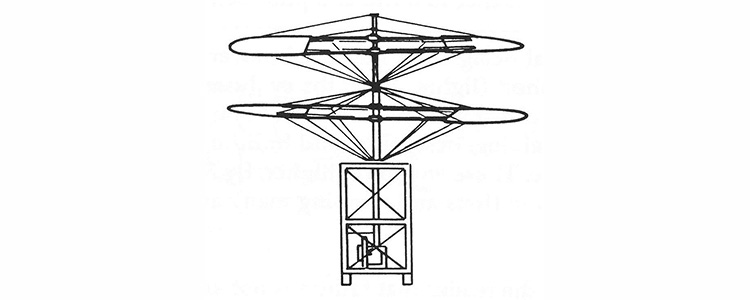
Sikorsky H-2
Year Built: 1910
First Flight: Did Not Fly
Quantity Built: 1
Summary:
Igor Sikorsky developed his second helicopter in parallel with the S-1 aircraft. Empty weight and lift were improved from his first helicopter design, however after months of testing, Igor concluded that it too was incapable of flight with a person onboard.
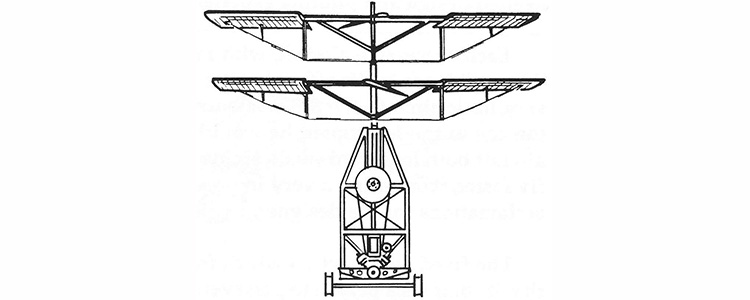
Sikorsky S-1
Year Built: 1910
First Flight: Did Not Fly
Quantity Built: 1
Summary:
Igor taxied the S-1 and was able to get the feel of the controls.
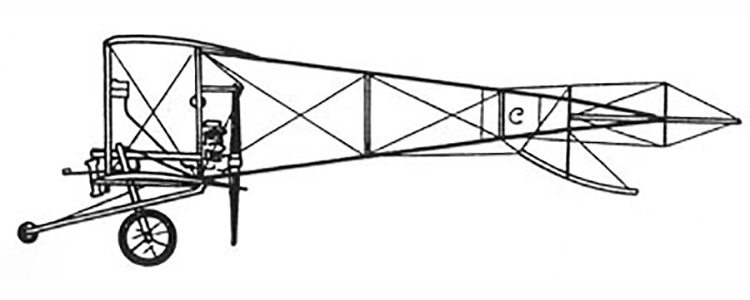
Sikorsky S-2
First Flight: 3 June 1910
Quantity Built: 1
Summary:
The first flight of the S-2 lasted 12 seconds with Igor Sikorsky at the controls. The S-2’s total flight time was 8 minutes.
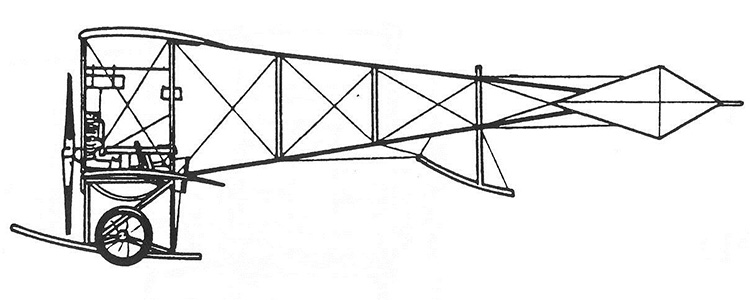
Sikorsky S-3
First Flight: 10 November 1910
Quantity Built: 1
Summary:
The S-3 logged a total of 7 minutes flight time. While circling a field, it lost power, crashed and was scrapped.
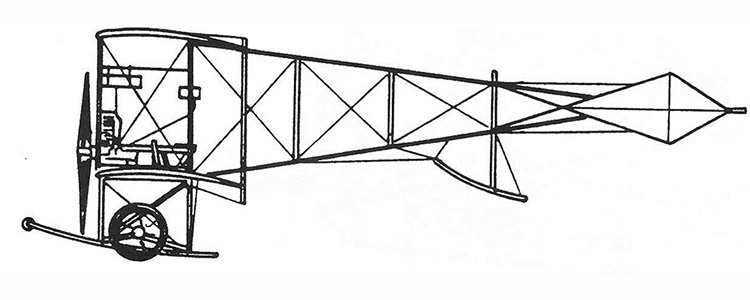
Sikorsky S-4
First Flight: Possibly 1910
Quantity Built: 1
Summary:
Information available about the S-4 is conflicting, but all sources agree it was not an overly-successful aircraft. The S-4 was displayed at a 1911 aeronautical exhibition in Kharkov, Ukraine and then dismantled soon afterwards.
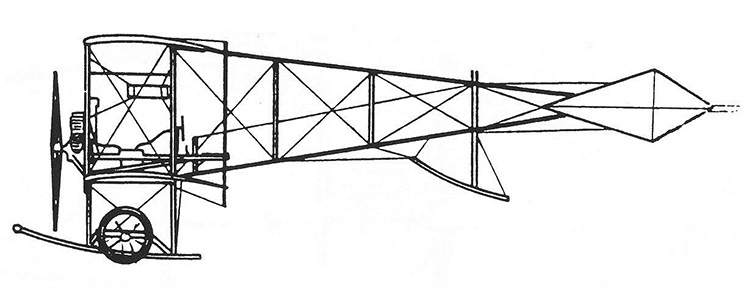
Sikorsky S-5
Quantity Built: 1
Summary:
The S-5 was Igor Sikorsky’s first practical airplane and established four Russian air records.

Sikorsky S-6
First Flight: November 1911
Quantity Built: 1
Summary:
The S-6 was awarded the highest award at the 1912 Moscow Aeronautical Exhibition.
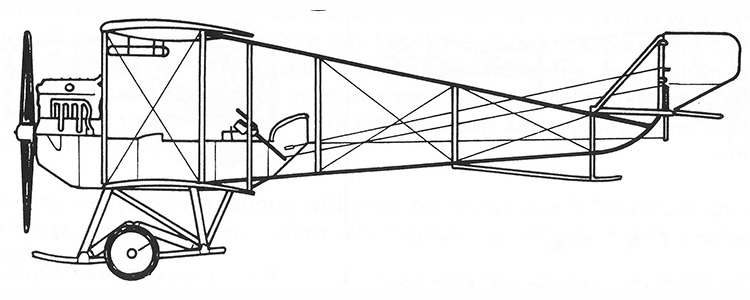
Sikorsky S-7
First Flight: July 1912
Quantity Built: 1
Summary:
The S-7 was Igor Sikorsky’s first monoplane and entered in an international military competition in Saint Petersburg, Russia in August 1912. Eventually, it was sold to the Bulgarian Army prior to World War I.
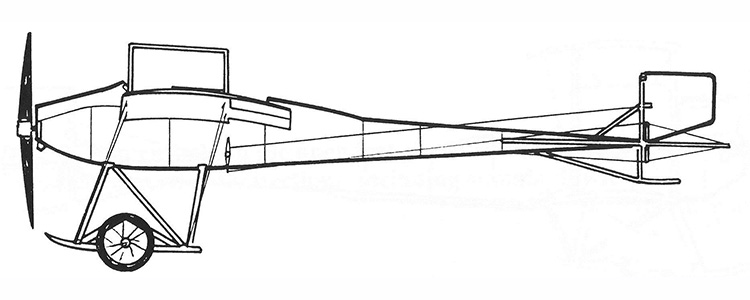
Sikorsky S-8
First Flight: 17 September 1912
Quantity Built: 1
Summary:
The S-8 was a 2-seated biplane trainer, with controls located between the instructor and trainee. In the S-8, Igor Sikorsky made a 1 hour 3o minute night flight, reaching an altitude of 1500 m (4921 ft).
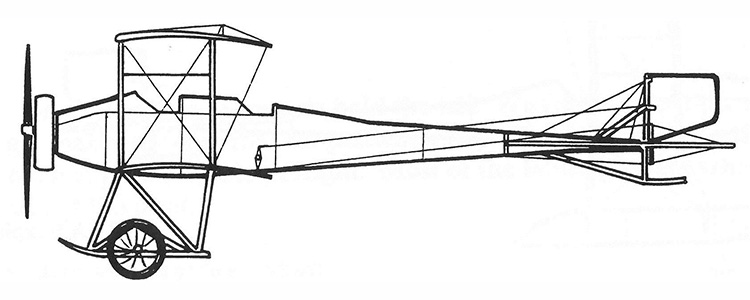
Sikorsky S-9
First Flight: Spring 1913
Quantity Built: 1
Summary:
The 3-seat S-9 was the first monocoque fuselage aircraft constructed in Russia. The fuselage was too heavy for the engine that powered it, so it was scrapped.
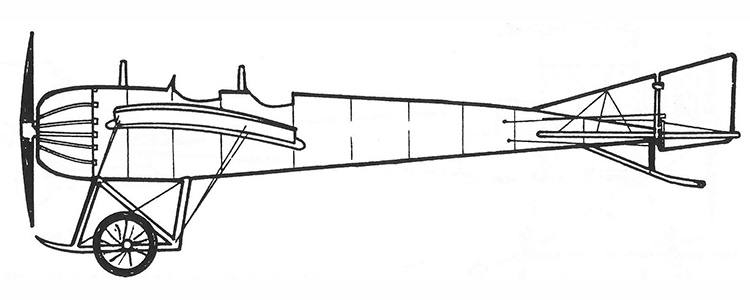
Sikorsky S-10
First Flight: 1913
Quantity Built: 16
Summary:
The S-10 won first price in the 1913 International Military Competition, establishing Russian records for flight distance and duration.It was built in both land and floatplane configurations and the Imperial Navy’s Baltic Fleet flew the S-10 from 1913 to 1915.
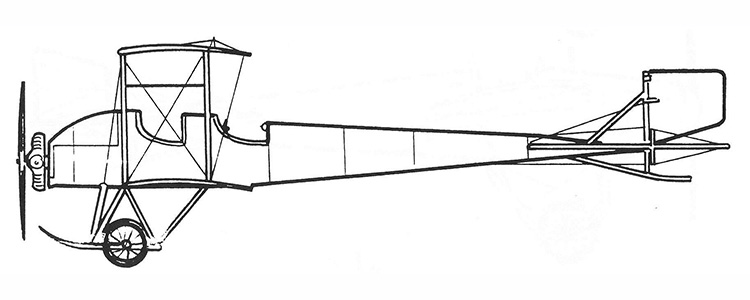
Sikorsky S-11
First Flight: 1913
Quantity Built: 1
Summary:
The S-11 was a designed as a smaller, lighter version of the S-9 aircraft and was also entered into the 1913 International Military Competition.
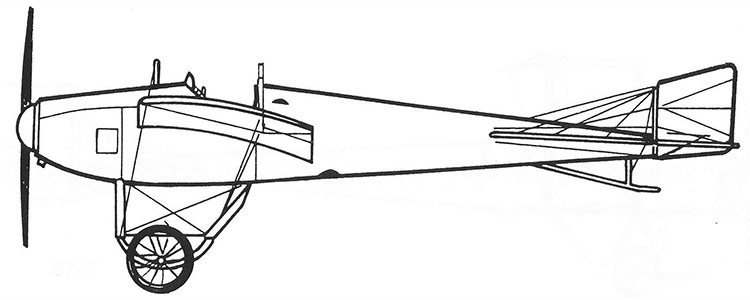
Sikorsky S-12
First Flight: 1 September 1913
Quantity Built: 12
Summary:
The S-12 improved upon the S-11’s design and resulted in a lighter aircraft that was the first in Russia to perform a loop. Many survived World War I and were in use by the Soviet Air Force through 1922.
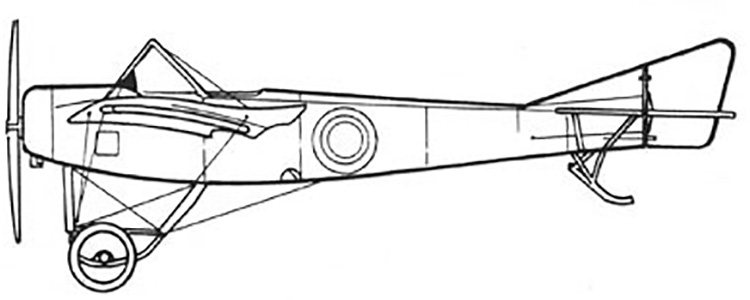
Sikorsky S-13
First Flight: Did Not Fly
Quantity Built: 0
Summary:
The S-13 was most likely a single-seat biplane fighter. Due to the critical shortage of engines in the early part of World War I, the aircraft was never completed.
Sikorsky S-14
First Flight: Did Not Fly
Quantity Built: 0
Summary:
Like the S-13, the S-14 aircraft was believed to be a biplane fighter and was never finished due to engine availability problems.
Sikorsky S-15
First Flight: 1913
Quantity Built: 1
Summary:
Very little is known about the S-15 aircraft, other than it was designed as a light bombing floatplane aircraft with a 125 HP Argus engine.
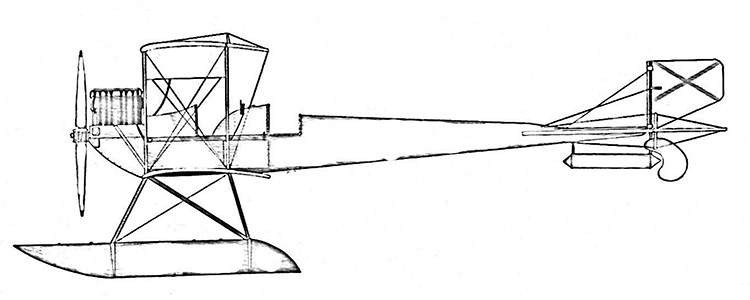
Sikorsky S-16
First Flight: 6 February 1915
Quantity Built: 27
Summary:
The S-16 was a small scout aircraft built to operate with the Ilya Mourometz bomber units during World War I. It was equipped with a synchronized machine gun, which fired through the propeller.
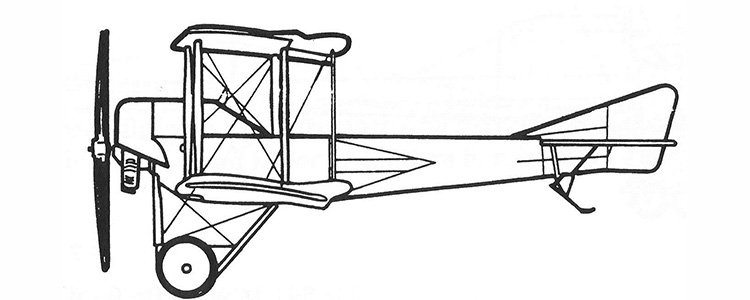
Sikorsky S-17
First Flight: 1915
Quantity Built: 2
Summary:
The S-17 was a heavily-armored, two-seat observation biplane. Two were built and sent to the front lines of World War I.
Sikorsky S-18
First Flight: Did Not Fly
Quantity Built: 2
Summary:
The S-18 was a heavily armored, twin-engined pusher biplanae built to carry a crew of two: a pilot and a gunner/observer. It did not fly due to its excessive weight.
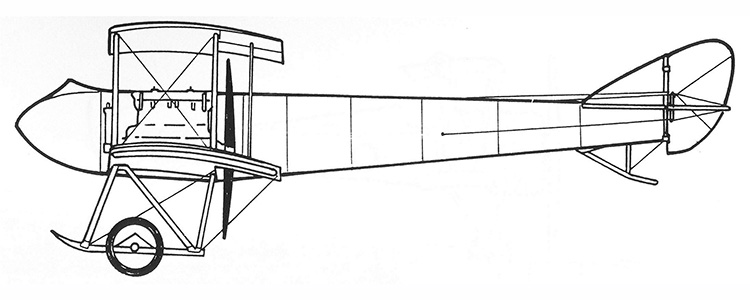
Sikorsky S-19
First Flight: December 1916
Quantity Built: 1
Summary:
The S-19 was a twin-tail boom biplane with a cockpit on each boom, one for the pilot and the other for the forward-firing gunner.
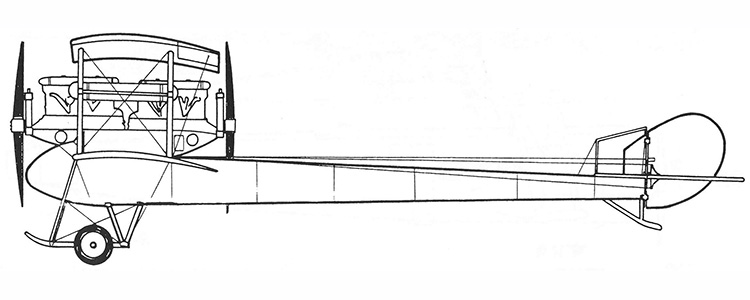
Sikorsky S-20
First Flight: 1916
Quantity Built: 6
Summary:
The S-20 was a single-seat fighter biplane. A small number were built; however, production was terminated so that Igor Sikorsky could focus on improved Mourometz bombers.
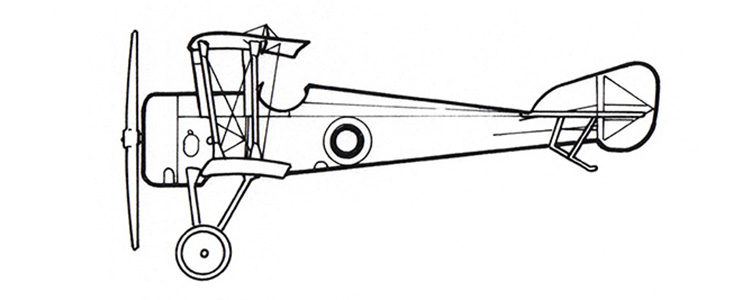
Sikorsky S-21
First Flight: 13 May 1913
Quantity Built: 1
Summary:
The S-21 “The Grand” was the world’s first successful four-engined aircraft. It was also the first aircraft with an enclosed cockpit and cabin.
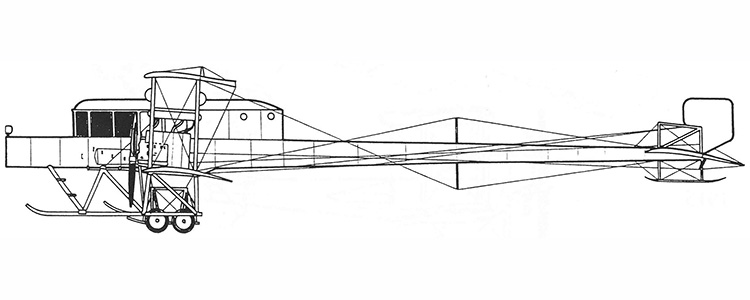
S-27
First Flight: 26 January 1914
Quantity Built: 85
Summary:
The S-22 “Ilya Muromets” improved upon the design of the S-21 and was the largest multi-engined aircraft built at that time. Its primary use was for long-range bombing and reconnaissance. The S-23 through the S-27 were all derivatives of the S-22.
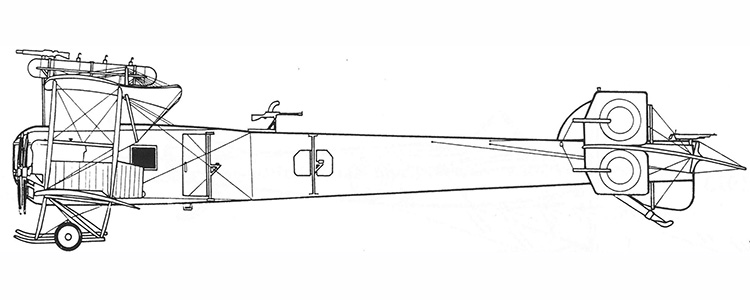
Sikorsky I.S. 27
First Flight: Did Not Fly
Quantity Built: 0
Summary:
The I.S. 27 “Atlas” was a four-engined bomber designed by Igor Sikorsky while he lived for a short time in France. Plans to produce the aircraft were cancelled when World War I ended.
